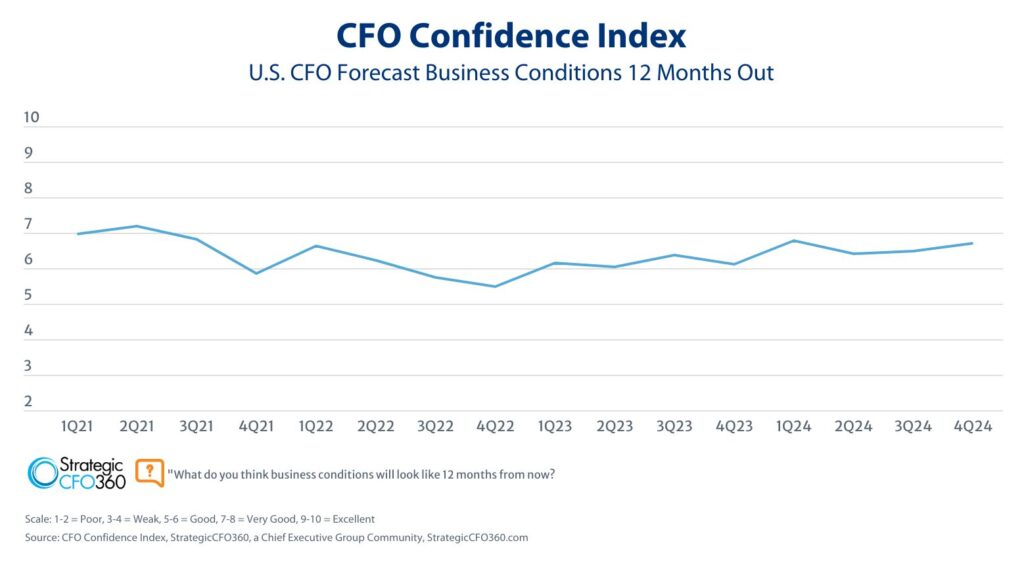Editor’s Note: In this special report, Amazon Web Services and Chief Executive Group offer a series of concrete, action-oriented steps that can help you with the process of digitalizing your organization. Part 3 of 5.
According to Gartner, although 87% of senior business leaders say that digitalization is a company priority, only 40% have brought digital initiatives to scale. Our own research and experience support the view that companies are held back by a set of enduring management traps. These conditions support the status quo, inhibit change, favor incrementalism, and cause roadblocks—sometimes consciously, other times more implicitly. Five traps need to be overcome to make digital business reinvention work.
- Leadership trap. When leaders project a vision of their future as a linear extrapolation of the past, there’s no urgency to challenge the core business assumptions and breakthrough transformation is elusive. Reinvention starts with the belief that every industry is fast becoming digital and that every business must build distinctive digital business competencies. Every business will sooner or later face a born-digital disruptor, in one way or another, that can deliver customer value in new and different ways. Sometimes it’s direct competition, but other times it manifests as competition around the edges or ecosystem plays. You should recognize that the transformation starts with you as a leader and set out a compelling vision supported by cultural change.
- Metrics trap. Most organizations define success as achieving key performance metrics, and those metrics support current business models. The metrics you value that drive your organization today may reinforce the status quo and suppress innovation or new business models. As the saying goes: “What got us here isn’t going to get us to where we want to go.” Leaders should identify and prioritize longer-term metrics that reflect the direction and magnitude of the business’s transformation. You will need to develop a set of metrics that reflect the future business model and track the transformation journey to get there.
- Competency trap. Most successful companies have core competencies that are deeply rooted in structures, processes, skills, and know-how and have helped them to succeed over many years. Some leaders still assume that their historical competencies will be valuable in the future, but therein lies the fallacy. Digital business reinvention alters the portfolio of distinctive competencies and reduces value from traditional ones. You should identify and develop the new set of competencies needed to compete with born-digital companies.
- Talent trap. Every company strives to acquire, nurture, and manage the best human talent, which usually means hiring staff to fill existing roles and achieve current success metrics. As organizations continue to accelerate their digital transformations and sectors reinvent how they do business based on consumer preferences and social norms, they’ll need to hire, onboard, reskill and re-engage employees. Specialized technical talent, as an example, is sometimes hard-to-find — full-stack developers, data engineers, cloud-security engineers, identity and access-management specialists, and cloud engineers. To build a competitive workforce you should focus on sourcing in-demand skills and invest in continuous learning, training and certification, and skill development.
- Ecosystem trap. Digital business reinvention—by definition—calls for companies to position themselves in coalitions with competitors and unfamiliar partners to establish new ways to innovate and win. Yet, many companies are naturally comfortable working with partners they know and have worked with in the past. Digital business reinvention alters the portfolio of partnership relationships. You should therefore evaluate the role and importance of current partners and identify new partners to design your ecosystems with the right mix and balance of capabilities.
Why do these traps matter and why should you overcome them? Seventy percent of digital transformations fail to reach their stated goals.[1] Companies that fail tend to overinvest in what they are good at today and underinvest in what they need to be good at tomorrow. Reinvention is about systematic resource reallocation. Executives should recognize and overcome the traps that prevent them from reallocating and reprioritizing resources to the reinvention building blocks.
“These common traps are individually important to understand. Businesses must stay flexible and dynamic in the face of changing markets and new competition by applying principles of operational excellence combined with advanced tools and offerings. It’s important to overcome or avoid these traps, so they don’t derail your transformation efforts,” says Wesley Story, AWS Enterprise Strategist and former CIO.
Reccommendations and Reflection Questions for Your Team
Digital business reinvents industries and reshapes competition, and yet transforming current business organizations for the digital future is challenging. Countless studies[2] have concluded that many digital transformation efforts fail, thereby creating skepticism about digitalization.
One root cause of transformation failures is that companies often approach it as a “solo-function” sport. For example, the marketing department deals with e-commerce, mobile apps, and search engine optimization. The operations department deploys enterprise systems and upgrades their manufacturing with robotics. And the human resources function develops digital tools and applications to optimize recruitment and career development. Digitalizing individual functions can bring benefits to those functions but may not deliver the enterprise level transformation intended.[3] Our overarching message is that it’s imperative to have an enterprise-level coordinated vision for transformation and reinvention. That vision provides the framework for functional reinvention and inter-functional coordination rather than having individual functions using technologies locally optimize using their unique set of success metrics and scorecard.
An integrated enterprise-wide business foundation allows you to prioritize your resources and realize benefits by aligning around a robust transformation agenda. By challenging the norms and expectations of individual functions and thinking more globally, you are likely to arrive at different decisions than optimizing the individual functions as they are. The goal is to maximize your company’s potential beyond the sum of its individual pieces (Figure 5).
A customer example helps to illustrate our main points. One B2B industrial organization was in the middle of a major digital transformation program that concurrently was introducing new digital tools and processes for HR and Finance, shared services, as well as expanding e-commerce and customer-facing experiences. New customer on-boarding—which could take one to two months—was less than optimal. A small team delved into this problem and discovered a number of contributing factors.
- At least five different functions were involved in on-boarding customers (Sales, Finance, Credit, Customer Master Data, and Field Operations).
- There was no single end-to-end owner for new customer set-up, which required workflows with manual approvals that traversed back and forth between all five functions.
- Two digital transformation projects were going in different directions because the scope was functionally aligned (one was focused on finance and credit, and the other was focused on sales in this case) but trying to optimize for different outcomes. Credit was focused on reducing credit risks with manual approvals and checks every time. Sales was trying to optimize for customer experience, revenue, and profitability.
After engaging the C-suite to try to get alignment between the CFO, Chief Sales Officer, CEO, and COO, the organization was able to reduce the total on-boarding cycle to one day. Not surprisingly, other internal projects had to be delayed or resequenced, but the company delivered an improved customer experience—a key business metric on the business scorecard.
This example highlights the challenge of having functionally oriented programs, incentives, and targeted outcomes versus end-to-end goals. It also showcases the benefits that come from a C-suite that’s working as a team rather than as siloed, solo functions. It reinforces our call for action: to treat digital business reinvention as a team sport.
The business value from digital comes from pursuing new drivers of customer value by coordinating your actions across the company. How can you better integrate your business functions to eliminate redundancies and overlap? How can you design processes that are flexible and increase your speed to market? Digital business reinvention is a C-suite team sport that requires comprehensive thinking and enterprise-wide digitalization through the interlinked five S’s discussed above.
“This pervasive digital experience in our everyday lives shapes our business expectations as customers, employees, and partners,” says Wesley Story, AWS Enterprise Strategist, and former CIO. “The quality and availability of digital experiences have a significant impact on customer (and even employee) satisfaction. Companies that focus on customer experience and use technology to transform those experiences to be seamless, consistent, easier to use, and faster to accomplish tasks, realize improved customer satisfaction and better engagement.”
[1] Steven ZoBell, “Why Digital Transformations Fail: Closing the $900 Billion Hole in Enterprise Strategy,” Forbes, March 13, 2018. Accessed February 8, 2021. https://www.forbes.com/sites/forbestechcouncil/2018/03/13/why-digital-transformations-fail-closing-the-900-billion-hole-in-enterprise-strategy/?sh=2bb97a327b8b
[2] See, for example, Tony Saldanha, Why Digital Transformations Fail (Brett-Koehler Publishing, 2019); Thomas H. Davenport and George Westerman, “Why So Many High-Profile Digital Transformations Fail,” Harvard Business Review, March 9, 2018. Accessed February 8, 2021. https://hbr.org/2018/03/why-so-many-high-profile-digital-transformations-fail
[3] Greg Satell, “Optimizing Each Part of Firm Doesn’t Optimize the Whole Firm,” Harvard Business Review, January 27, 2016. Accessed February 8, 2021. https://hbr.org/2016/01/optimizing-each-part-of-a-firm-doesnt-optimize-the-whole-firm








